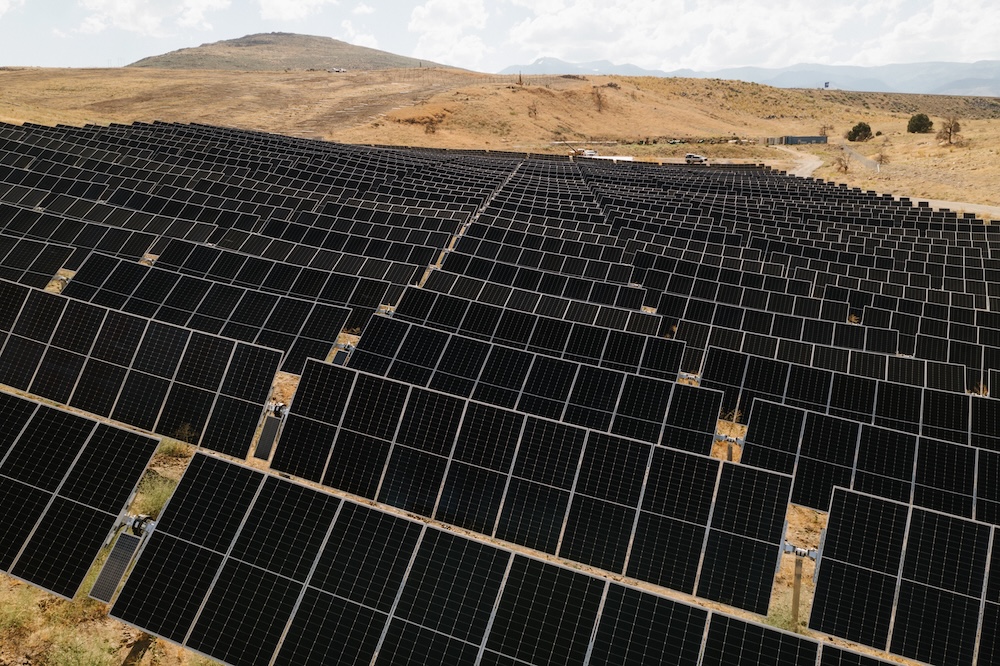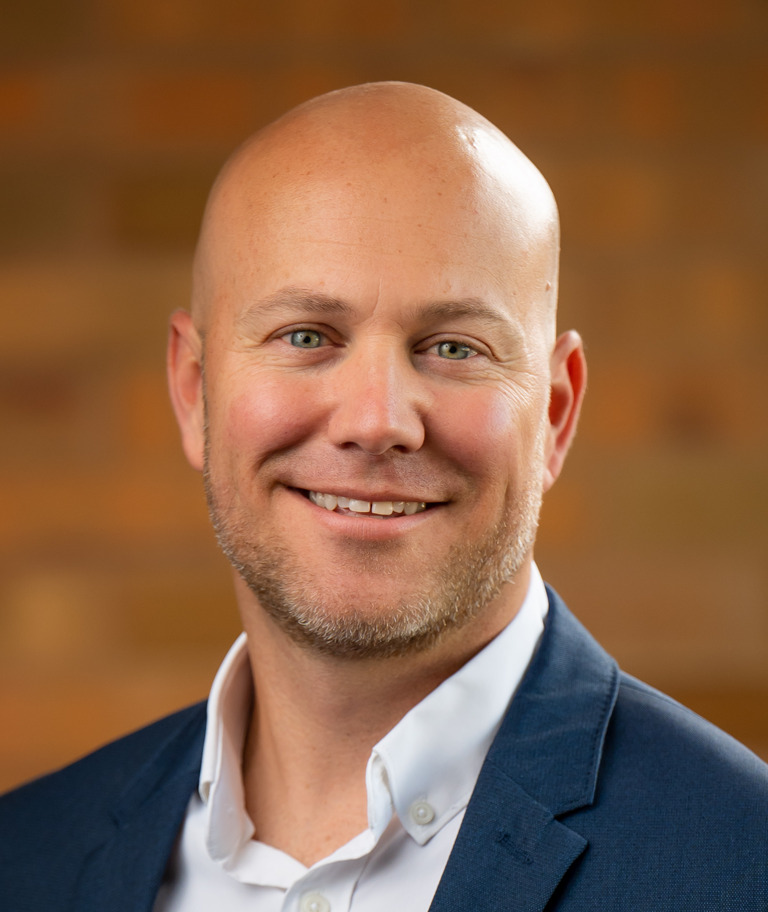Utility-scale solar developers are the ultimate long-term strategists. From selecting site locations to choosing the right equipment, every decision they make can have a tremendous impact on their project’s levelized cost of energy (LCOE).
Solar trackers are one of the most influential pieces of equipment when it comes to improving LCOE — so selecting the right one is key. Today, we’re breaking down the top considerations for developers as they evaluate potential solar tracker companies for their next project.

Comparing Solar Tracker Companies: The Key Considerations
1. Amount of Grading Required
Historically, grading has been a costly (and sometimes under-estimated) part of building utility-scale solar projects, especially in regions with hilly terrain. However, thanks to advancements in terrain-following technology, leading solar trackers like the Nevados All Terrain TrackerⓇ (ATTⓇ) can now reduce or eliminate the need for grading. This has many benefits for solar developers, including:- Eliminating millions of dollars in grading costs
- Reducing the cost and risk of permitting and civil engineering
- Protecting local flora and improving community relations
2. Terrain Specific Backtracking
Many solar tracker companies sell terrain-specific rotation schedules as an add-on rather than including them with their trackers. This negatively impacts LCOE for developers in two ways:- Increases upfront costs if the software is purchased
- Reduces energy yields if the software is not purchased due to poorer tracking of the sun
3. Supply Chain Resiliency
As we’ve seen in recent years, supply chain issues can seriously delay solar project timelines and drive up LCOE. To get new projects online as quickly as possible, solar developers need to ensure their solar trackers have a resilient supply chain. At Nevados, we’ve established robust domestic and International supply chains, providing the flexibility to minimize upfront costs or take advantage of new 45X domestic content tax incentives depending on your goals.4. Withstanding the Elements
As utility-scale solar expands into new terrain, solar trackers must be able to withstand harsh conditions like hurricanes, snow, flooding, differential settlement, and more. For optimal LCOE, solar developers should choose a solar tracker that is proven to hold up in these unpredictable events. The Nevados ATTⓇ, for example, withstood category-three hurricane winds after Hurricane Ida reached Louisiana. The event marked several important distinctions that further validated our tracker design and construction:- Nevados’ trackers remained fully functional after the storm
- Even the trackers that were not commissioned and therefore remained at 0° stow avoided damage
- Competitors’ trackers in the same area were badly damaged
All Terrain Tracking and Lower LCOE — An Obvious Choice
Nevados’ breakthrough solar tracking technology resolves some of developers’ most critical pain points in an industry facing its share of growing pains. With the right solar tracker partner, solar developers can stay focused on the most promising opportunities while minimizing risks, costs, and controversy.
Contact Nevados to learn more about our All Terrain TrackerⓇ and discuss your next solar project with our dedicated solar experts.



